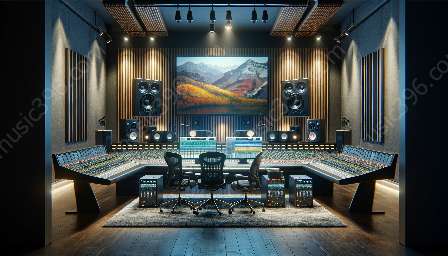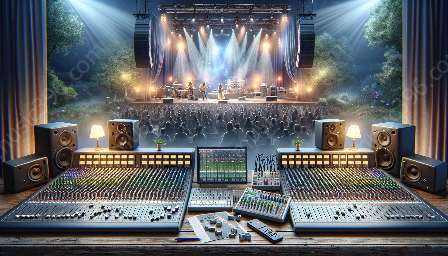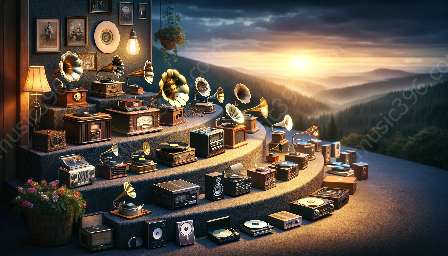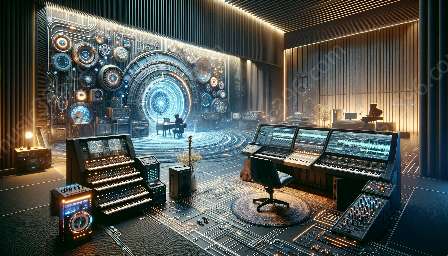The Evolution of Noise Reduction
Noise reduction has been an essential aspect of audio production since the early days of recording. Over time, various techniques and technologies have been developed to minimize unwanted noise and improve the quality of audio recordings.
Early Efforts in Noise Reduction
The history of noise reduction can be traced back to the 1940s, when engineers and scientists began experimenting with different methods to reduce background noise in audio recordings. One of the earliest techniques involved the use of filters and equalizers to attenuate specific frequency ranges associated with noise.
Introduction of Dolby Noise Reduction
In the 1960s, Ray Dolby introduced the groundbreaking Dolby Noise Reduction system, which became a standard in professional audio production. This system used a combination of dynamic range compression and companding to reduce tape hiss and background noise, significantly improving the quality of audio recordings.
Advancements in Digital Noise Reduction
As digital audio technology emerged, new noise reduction algorithms and hardware were developed to address issues specific to digital audio recordings. This led to the creation of advanced digital signal processing tools that could effectively remove noise from digital audio sources without compromising the original audio content.
Noise Reduction in CD & Audio Technology
The introduction of the compact disc (CD) and digital audio formats brought new challenges in noise reduction. Engineers and audio professionals worked on developing sophisticated noise reduction techniques to enhance the listening experience and minimize the impact of background noise on digital audio recordings.
Significance of Noise Reduction in Audio Production
Noise reduction plays a crucial role in audio production by ensuring that recordings are free from unwanted noise, allowing for cleaner, more professional-sounding audio. It has become an integral part of the recording and mastering process, enabling artists and producers to achieve high-quality audio results.
Conclusion
Historical developments in noise reduction have significantly shaped the field of audio production and CD & audio technology. From the early analog methods to the sophisticated digital algorithms used today, the evolution of noise reduction has paved the way for higher standards of audio quality and fidelity in the industry.






























